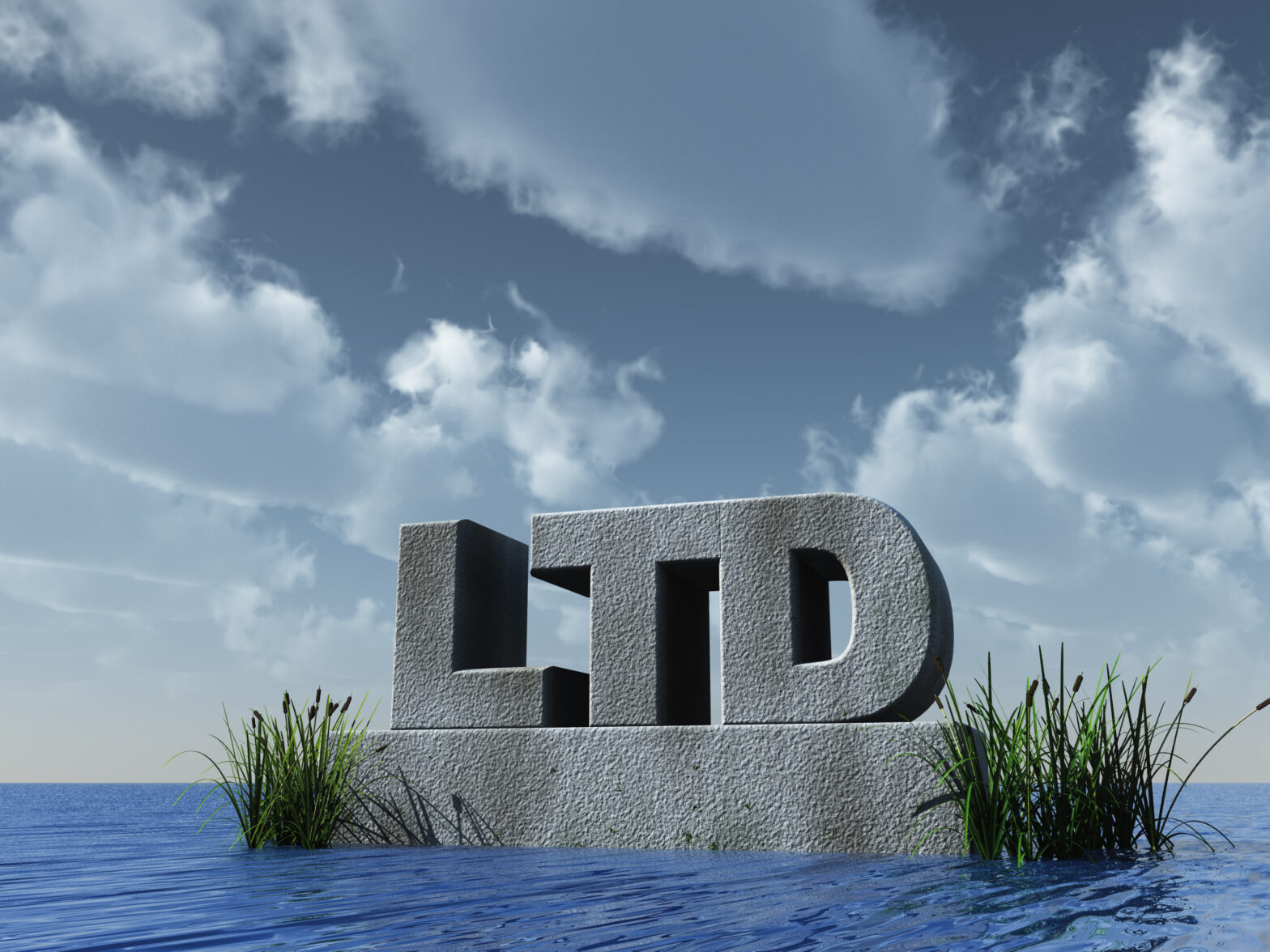Starting a new business is understandably an exciting and apprehensive time. First you have the business idea, perhaps carried out a little research on the demand for your product or service; one of the first decisions to make is what type of business structure to adopt. Setting up as a sole trader is a preferred option for many starting out.
The basic three options are sole trader, partnership or a limited company.
The most common form of business structure for start-ups in the UK is a sole trader, where you trade under your own or a business name. As a sole trader, the risks and rewards rest entirely with you.
>See also: Should I go sole trader, partnership or limited company?
Setting up as a sole trader
There are many ways for a sole trader to set up and start in business, from starting a trade, buying a franchise, taking a hobby to the next level, or inventing a new product or service. Successful businesses do, however, share common traits – a unique product or service or selling strategy.
Any new business owner will naturally be focused on establishing a customer base and market presence along with tracking and conserving cash flow. There is plenty of freely available support for new businesses – for example, from accountants, lawyers and chambers of commerce – which should be taken advantage of.
‘A quarter of start-up businesses fail to reach their first anniversary’
Yet sole traders should not take their eyes off the challenges that lay ahead of them. That a quarter of start-up businesses fail to reach their first anniversary should be a stark reminder.
Those challenges include market acceptance, spreading money and time too thinly, business planning, and adapting and planning for the business to grow. A continual revision of the budget and cash flow is critical.
>See also: How to become a sole trader
Risk vs reward
The risks to a sole trader are very real. If the business starts to lose money, creditors can look to your personal possessions to recover their losses. There is little protection for sole traders.
Likewise, any excess profits, after HMRC has taken its share, is yours. Many businesses start as a sole trader but usually change to partnership or limited company as they grow.
Business planning
It is important when starting a business to prepare a business plan – capturing your thoughts and the purpose of the business on paper – and to prepare a cashflow forecast. This will help you better understand the financial requirements of the business and monitor progress. Again, your accountant or lawyer can help with this process.
When preparing a business plan one of the most important things that is often missed is salary, called a drawing, which you wish to take and the business can afford. It is important to include your drawings into the plan and cashflow to ensure you have enough money to live on when you are starting a business.
Part of the business plan and cashflow, you must consider the requirements for how much money you will need to invest and retain in the business. This can be split between:
- Start-up capital, which is used to purchase assets of the business, such as vehicles or machinery or fixtures and fittings
- Working capital, or money needed to keep the business trading. Working capital will also cover the timing before receiving payment from customers who owe you money (trade debtors) and paying your suppliers who you owe money to (trade creditors)
Financing the business
There are various sources of finance available to a sole trader to grow, including:
- Yourself, whether you mortgage your home or use your savings
- Family and friends who are willing to support your business by lending money to you
- High street banks have a range of services for small businesses
- Suppliers and customers
- Local government and agencies can offer grants and start-up funding
When you start as a sole trader you must notify HMRC that you are starting to trade. Taxes for a sole trader are different to an employee; you will not pay tax monthly under PAYE. Instead, you pay income tax and national insurance on your business profits. Tax payments are due in January and July each year, and in the first year there is a potential to have a catch-up payment, you do not get the first year tax free you simply have to pay all the tax later. Thus, as a sole trader you should therefore put money away to cover paying your tax liability.
If your turnover in the first 12 months exceeds the VAT registration threshold, you will be required to register with HMRC for VAT, which will increase your selling prices by 20 per cent.
Sole traders will need to keep and maintain proper financial records and there are now many online accountancy platforms that will help.
Sole trader tax return
So, you’re up and running and you’ve now completed your first year. In addition to routine bookkeeping and management information, you would also need to prepare the year end accounts and a related tax return. You will need to appoint a chartered accountant to help with this service. Once you have prepared the accounts and tax return you will be able to see then how much tax you must pay. Every business is subject to tax and can be seen as the measurement of success of the business.
Sole trader pays income tax and national insurance. Income tax is calculated based on profits. Profits are sales revenue, or turnover, less deduction of your costs, such as stock purchases, staff salaries, rent, rates and other overheads, but not your drawings as these are appropriation of profits. This summary is called a profit and loss account and forms part of a set of accounts. The profit and loss account is what is declared on your tax return. The profit less your personal allowance is what is taxed at the prevailing rate of income tax and national insurance.
James Johnson is a director at accountants Hillier Hopkins who works with start-up and growing businesses on all aspects of financing growth and tax
Further reading
What is the definition of a sole trader and being self-employed





